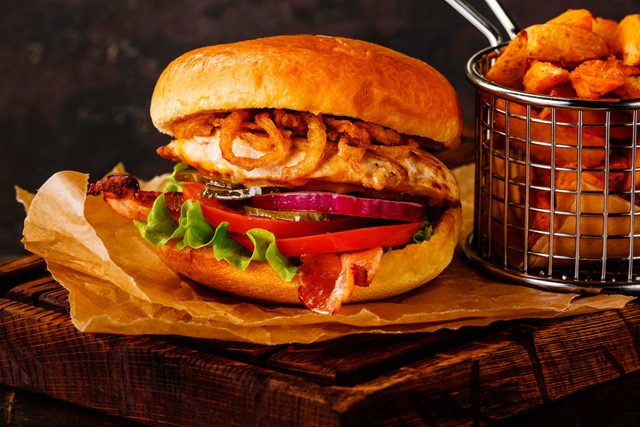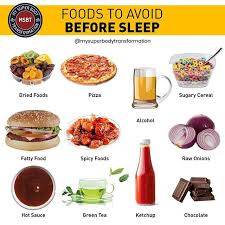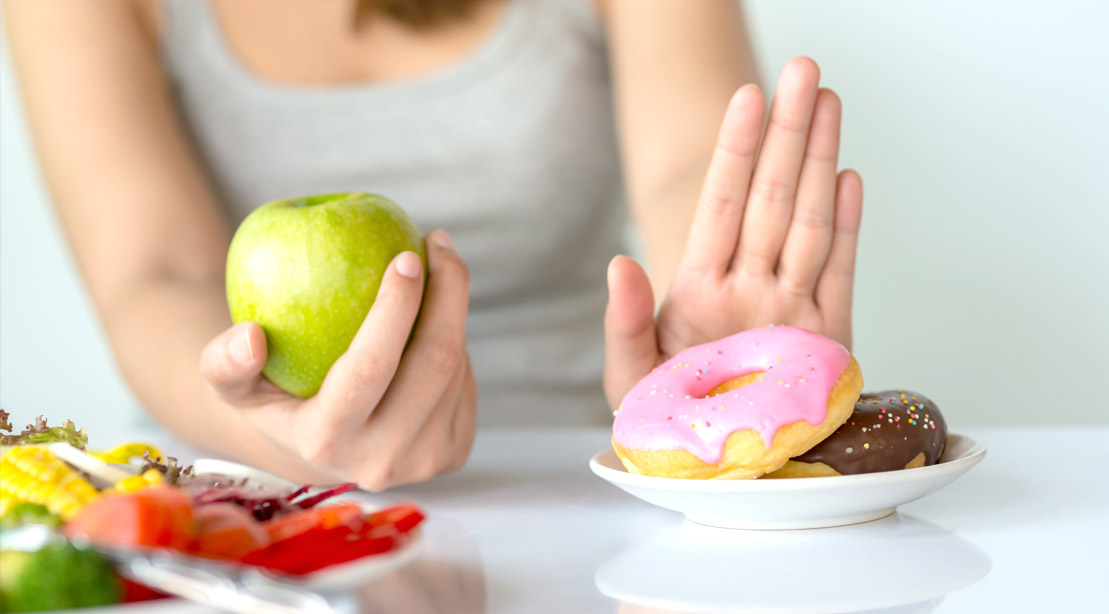
The Mediterranean diet encourages a high intake of vegetables and eats meat only occasionally. Instead, meat is prepared in a variety of ways, including in sauces with extra virgin olive oil. The Mediterranean diet also avoids processed meats. Instead, it relies on fresh ingredients. The diet permits dairy products like yogurt or cheese. Fish can be eaten only 1-2 times per day. The Mediterranean diet is not dependent on processed or packaged foods.
The Mediterranean diet also focuses on plant-based proteins. Numerous studies have shown that nuts and seeds are good for your heart health and can lower your risk of developing cancer. The Mediterranean diet emphasizes vegetables. A typical serving of green leafy vegetables is at least one cup per day. Vegetables include spinach, broccoli, cabbage, Brussels sprouts, and spinach. You can also grill or use raw ingredients.
Tomatils are an integral part of the Mediterranean diet. They are low fat and high-fiber. A Mediterranean diet also includes moderate amounts of red wine, which helps to enrich mealtimes. It's a great way of increasing your fiber and protein intake, while still enjoying the delicious taste of a meal. Moreover, the Mediterranean diet allows the occasional glass of red wine. This can be a fun way to enjoy a night out.

Vegetables should form the bulk of your meals. Mediterranean diet recommends eating seven to ten daily servings of fruits and vegetables, along with three to five daily servings of vegetables. Fruits and vegetables are high in antioxidants which lowers your risk for cardiovascular disease. Your sandwiches can include spinach, cucumber, and eggs. A great option is to slice cucumbers.
A Mediterranean diet includes a variety of plant-based foods. Added fat comes primarily from olive oil. Red meat is allowed in moderate amounts under the Mediterranean diet. However, this should be limited to only one serving per day. You should only consume one to two drinks per day if you wish to drink alcohol. Red wine is permitted in moderation.
A daily activity of some kind is recommended. The Mediterranean diet requires two to three hours of moderate exercise per week. Do activities that help you feel more energetic and breathe faster. Aerobic activities include housework and yardwork. The Mediterranean diet is a great choice for busy people because of many reasons. It will give energy and prevent you feeling depressed and fatigued.
The traditional Mediterranean diet allows for moderate amounts of red beef. The Mediterranean diet is focused on fish and poultry, which are both excellent sources of lean meat. It also prohibits red meat. It is important to select lean cuts of meat when choosing your meat. This will lower the risk of developing heart disease. The meat should be 90% lean and 10% fat.

Mediterranean diets allow you to eat lean meats, in addition to fish. The Mediterranean diet is rich with fish. It is vital to be aware of which fish are safe and healthy for you. Seafood Watch provides information about the different types of Mediterranean fish and you can use the Mediterranean diet chart to get more details. Its main ingredients include olive oil and fruits and vegetables, legumes as well as nuts and whole grains.
Eggs are an important part of the Mediterranean diet. Meat was rarely eaten in the past, but eggs were a staple in many Mediterranean regions, and were a good source of protein. Although this may sound extreme, eggs can be a healthy food for anyone and are a great source if protein. The Mediterranean diet consists of fruits, vegetables, legumes, nuts, and olive oil, and is rich in fiber.
FAQ
How Much Weight Can You Lose in a Week?
Your current bodyfat percentage determines the amount of weight you will be able to lose. You need to determine how much weight loss you are looking for. Your BMI is a measure of how much weight you need to lose. If your BMI is 25 or greater, you're overweight. If your BMI exceeds 30, you may be obese.
For example, if you weigh 200 pounds, your BMI would be calculated at 28.7. This means that you'd need to lose around 70 pounds to get down to a healthy weight range. To see if you're overweight, visit www.healthyminds.com/bmi/.
This formula can be used to calculate how many pounds you will lose each week once you have determined your BMI.
(Your Goal Weight - Current Weight)/BMI * 7 Number Of Pounds Lost Per Week
For 50 pounds to be lost in one month, it would take 2 weeks of exercise. 56 days is equivalent to 7 pounds per day. This works out at 8.3 pounds per week.
You could also try this calculator from www.weightlosscalculator.net. It will provide an approximate amount of calories that you would need daily to lose one pound per month.
Is there a difference between intermittent fasting, calorie restriction, and intermittent fasting?
Calorie restriction refers to eating less than what your body requires. Intermittent fasting differs from other types of intermittent fasting in that it does not restrict calories. Instead, the emphasis is on eating fewer calories each day.
Intermittent fasting can be more effective as it allows you to eat the foods you love and not feel guilty.
However, both methods have their pros and cons. Decide which one you prefer.
What foods can I eat to lose weight quicker?
You can lose weight more quickly by eating fewer calories. Two ways to achieve this are:
-
Reduce the calories you eat each day.
-
Get more exercise to increase your metabolism.
It is not easy to reduce the calories you consume. It's no surprise that we are constantly bombarded with high-calorie fast food options. Here's how to lose those extra pounds.
-
Beans contain high levels of fiber and protein. They have almost no fat making them an excellent choice for dieters looking to reduce their caloric intake.
-
Oatmeal has low calories, but high levels of nutrients such as magnesium and potassium. Oatmeal has less sugar than other cereals.
-
Eggs are high in cholesterol and protein. Eating eggs at least twice a week can increase your metabolism, which helps you burn more calories.
-
Whole grain bread is known to decrease hunger pangs and make you feel fuller for longer periods of time.
-
Dark chocolate is high in antioxidants, flavonoids and other substances that have been linked with lower blood pressure and better heart health.
-
Cottage cheese is high-in calcium, which can help build strong bones. Cottage cheese is also a good source for vitamin D which helps boost immunity.
-
Salmon is packed with omega-3 fatty acids, which promote brain development and improve cardiovascular function.
-
Green tea is rich in catechins, compounds which fight cancer and increase metabolism.
-
Broccoli is an excellent source of folic acids, which helps to lower homocysteine levels. A higher risk of developing heart disease and stroke is associated with high homocysteine levels.
-
Yogurt is a wonderful way to get probiotics into your diet, without having to consume a lot of added sugars. Probiotics are essential for digestive health.
-
Berries are delicious and nutritious snacks. All fruits, including blackberries, blueberries, raspberries, raspberries, cranberries and strawberries, are rich in vitamins and minerals.
-
Avocados are high in healthy fats. Half an avocado is only 80 calories, but it contains plenty of fiber and potassium.
-
Nuts are delicious snacks that also provide a lot of protein. Almonds, cashews, hazelnuts, pecans, walnuts, and pistachios are all great choices.
-
Sweet potatoes, another starchy vegetable, are rich in beta-carotene which gives your skin a glow. The orange sweet potato variety has a higher level of beta-carotene than regular sweet potato varieties.
Statistics
- One 6-month study showed that simply doing 11 minutes of strength-based exercises 3 times per week resulted in a 7.4% increase in metabolic rate, on average. (healthline.com)
- According to Harvard Health, it's estimated that a 155-pound (70-kg) person burns roughly 112 calories per 30 minutes of weight training (5). (healthline.com)
- One study in 9 active men found that HIIT burned 25–30% more calories per minute than other types of exercises, including weight training, cycling, and running on a treadmill (18Trusted Source (healthline.com)
- According to a study sponsored by the American Council on Exercise, a person weighing around 140 pounds (64 kg) would burn 108 calories at a 30-minute beginner's Pilates class or 168 calories at an advanced class of the same duration (26). (healthline.com)
External Links
How To
How to lose weight fast
There are many fast ways to lose weight. They are often ineffective and non-sustainable, however. You can lose weight fast by exercising and dieting. It is important to eat less calories than your body burns each day. This means that you should eat fewer calories per day than your body burns during regular activities. It is important to decrease your calorie intake in order to lose weight quickly.
It is best to avoid foods high in fat or sugar, as these can increase your appetite. Drink plenty of water each day. This will keep you hydrated as well as your metabolism humming along. When you combine these three things together, you'll see results faster than you ever thought possible!